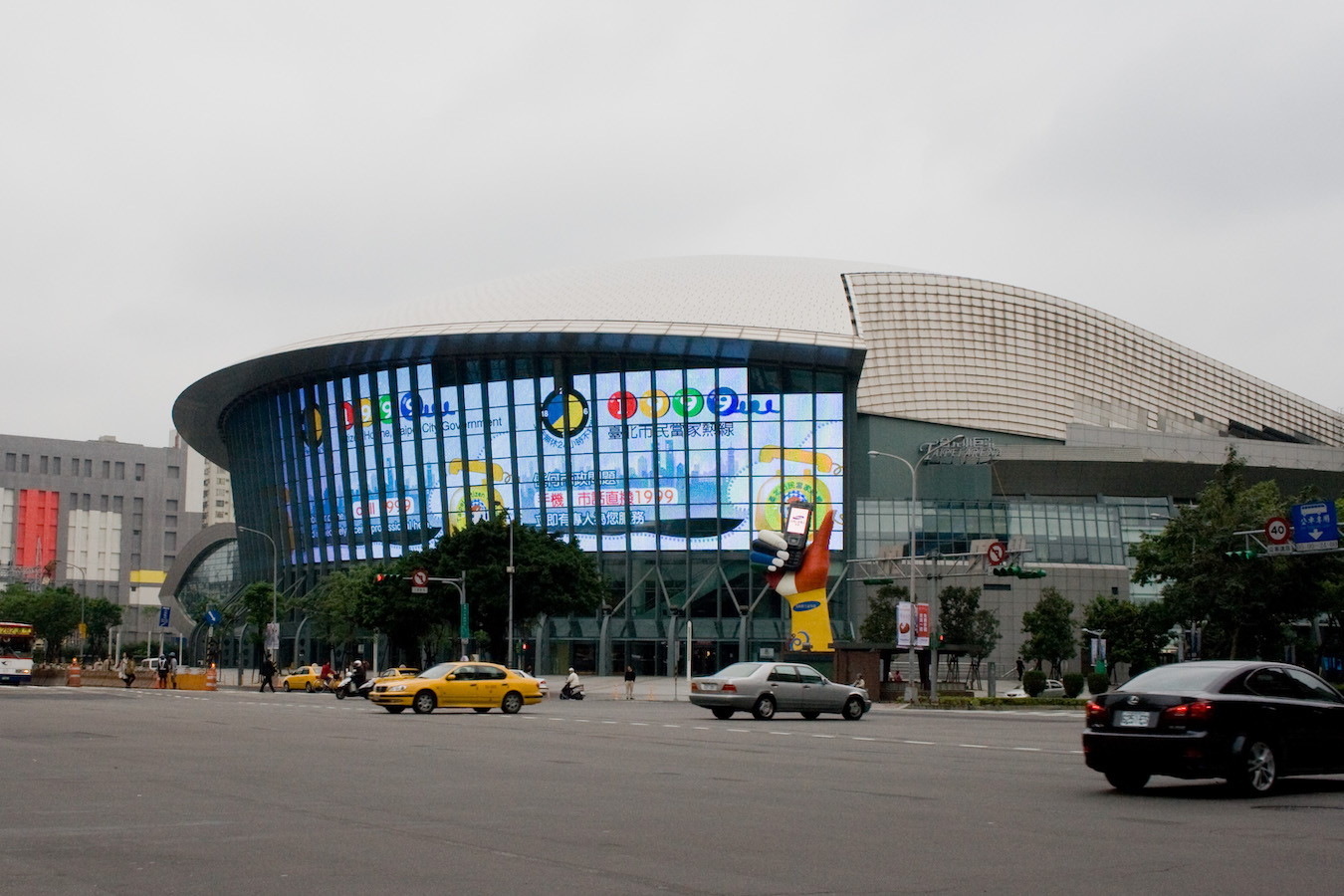by Brian Hioe
語言:
English
Photo Credit: Blair-39/WikiCommons/CC BY-SA 2.0
THE TSAI ADMINISTRATION has defended a Memorandum of Understanding (MoU) inked between the Taiwanese government and the Indian government about allowing Indians to work as migrant workers in Taiwan. Namely, in past months, as the two governments finalized the signing of the MoU and the finalization of the draft MoU was reported on in Taiwan, there was a wave of backlash against the prospect.
Much of the backlash was racist in nature, claiming that the agreement would see an influx of 100,000 Indians who would likely sexually assault Taiwanese women.\ Otherwise, the claim was that Indians would take jobs away from Taiwanese workers.
Trade between India and Taiwan has increased significantly in past decades, going from 1.19 billion USD in 2001 to 6.4 billion USD in 2022. Ties have also warmed between the Taiwanese and Indian governments under the Tsai administration, with a bilateral trade agreement inked in 2018, and parliamentarians traveling to Taiwan.
This dovetails with rising tensions between India and China, such as regarding border disputes. This led to clashes in June 2020 in Galwan Valley, with at least 20 Indian soldiers and 4 Chinese soldiers killed, and clashes involving hundreds of troops in December 2022, though no were killed. In the past, Taiwanese government officials such as Minister of Foreign Affairs Joseph Wu and President Tsai Ing-wen have tweeted in support of India during incidents in which the Chinese government emphasized its One China Principle to the Indian government.
Blue-collar migrant workers in Taiwan mainly hail from four countries: Indonesia, the Philippines, Thailand, and Vietnam. There are already hundreds of thousands of migrant workers from these countries in Taiwan and there is rarely backlash against migrant workers along the lines of the backlash against the prospect of Indian migrant workers. Likewise, public suggestions that such migrant workers are taking jobs away from Taiwanese workers are relatively rare.
 Photo credit: Pedro Angelini/Flickr/CC BY 2.0
Photo credit: Pedro Angelini/Flickr/CC BY 2.0
This occurs even as there have been a number of incidents in recent years involving police violence against migrant workers, such as the shooting death of Nguyen Quoc Phi in 2017, or incidents in which police assaulted individuals they suspected of being undocumented runaway workers. The racist hiring regime that migrant workers face, likewise, imposes exorbitant fees on them and does not allow them to remain in Taiwan over twelve years.
Tsai administration officials have defended the agreement, stating that Indian workers would be taking up the “dirty,” “dangerous”, and “demeaning”–so-called “3D” jobs–that Taiwanese workers do not want. However, the Tsai administration also stated that Taiwanese workers would be prioritized for such jobs if they wanted them. “3D” is not merely a term but a legal category and qualification for migrant work. Likewise, Tsai administration officials have pointed out that the rate of crime among migrant workers in Taiwan is low, in fact, being lower than the rate of crime for Taiwanese.
The Tsai administration has denied that the MoU was for 100,000 Indian migrant workers to enter Taiwan. Previously, the Ministry of Foreign Affairs framed fear-mongering about 100,000 Indian migrant workers coming to Taiwan as cognitive warfare from China. This is not impossible, particularly in light of tensions between India and China, though one wonders if the attempt to pin blame for the discrimination on China to avoid this damaging India-Taiwan ties.
In the course of the election season, the KMT sought to attack the idea of allowing for Indian migrant workers to enter Taiwan, leaning into fears that they would be taking away jobs from Taiwanese. The DPP in turn attacked proposals from the KMT to make up for labor shortfalls by hiring Chinese students, with the KMT emphasizing calls to bring back Chinese tourism to Taiwan as well as Chinese students studying at Taiwanese universities.
Such criticisms of the idea from the pan-Blue camp continue. At the same time, pan-Blue versus pan-Green political contestation about the notion reflects how the KMT leaned into traditional calls to boost engagement with China during the election season, while the DPP hopes to strengthen links with India through the deal as part of reducing Taiwan’s economic reliance on China and economically incentivizing other countries to have closer political ties with Taiwan.
Indeed, the political contestation about the issue is likely to continue. It is to be seen if the backlash against the prospect of Indian migrant workers reflects the rise of more overt racism in discourse about migrant workers in Taiwan.

